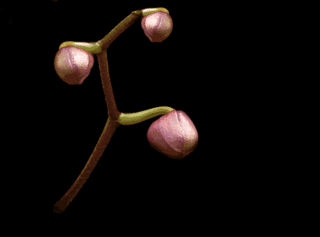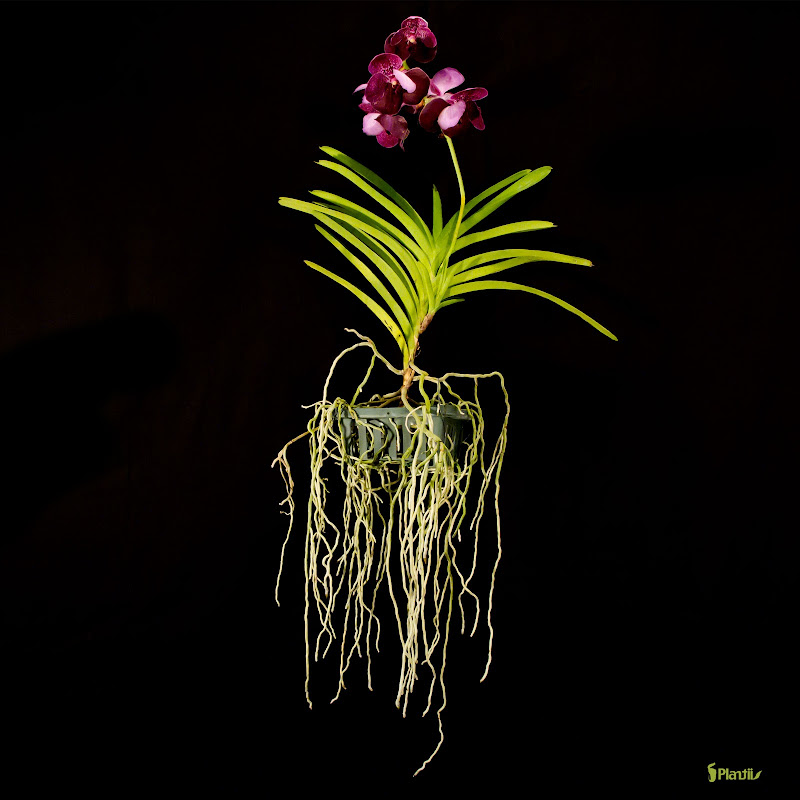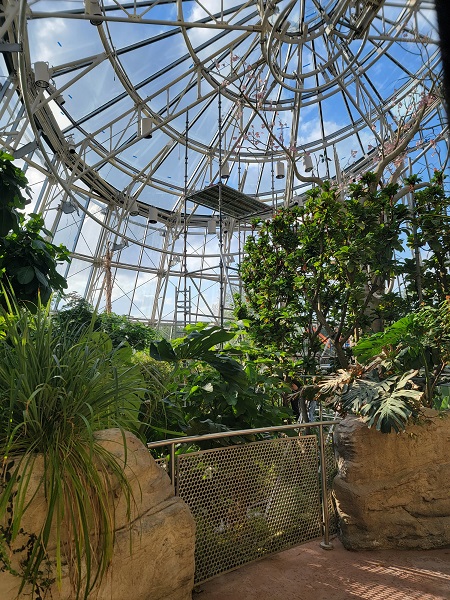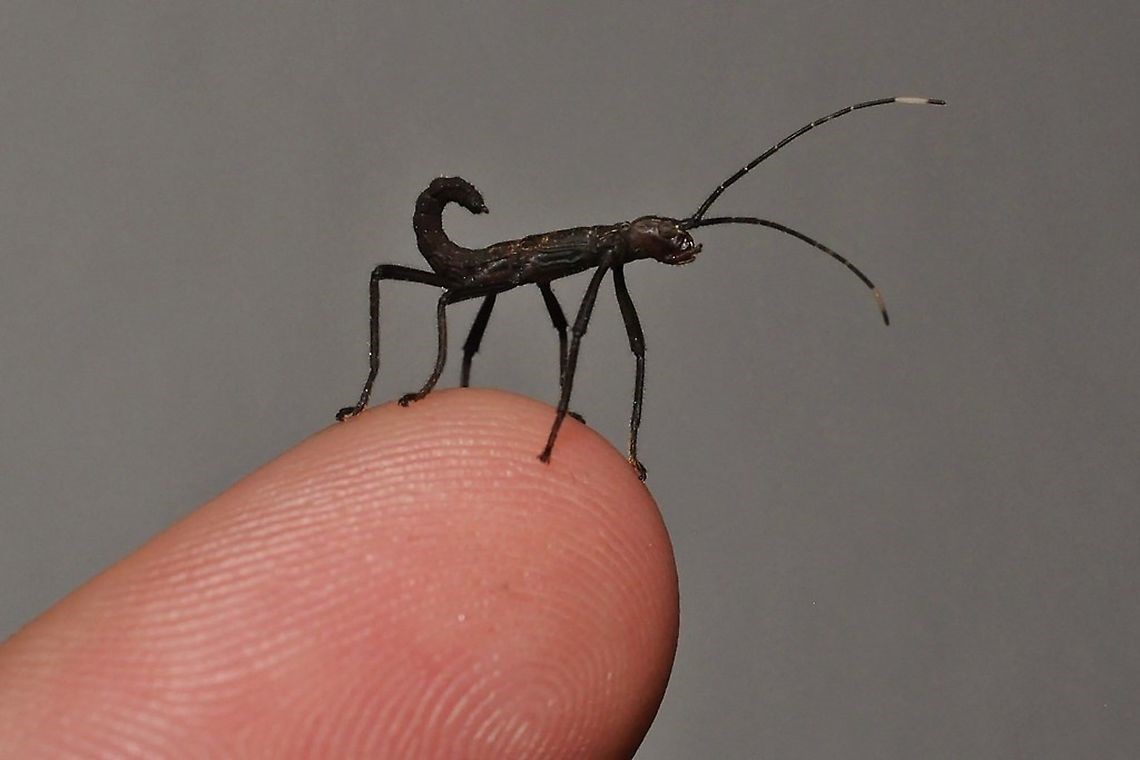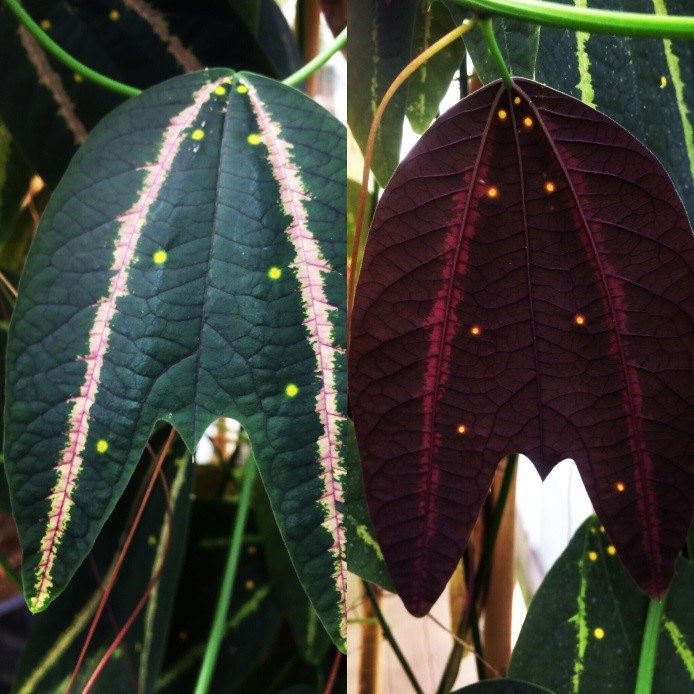It’s that time of year again: the long cold of winter is lifting, and we can see spring around the corner. Here at HMNS we ring in spring with a BLOOM — with our horticulture adult education classes. Kicking off the season on Mar. 8, we’re offering a class on growing orchids and other epiphytes!
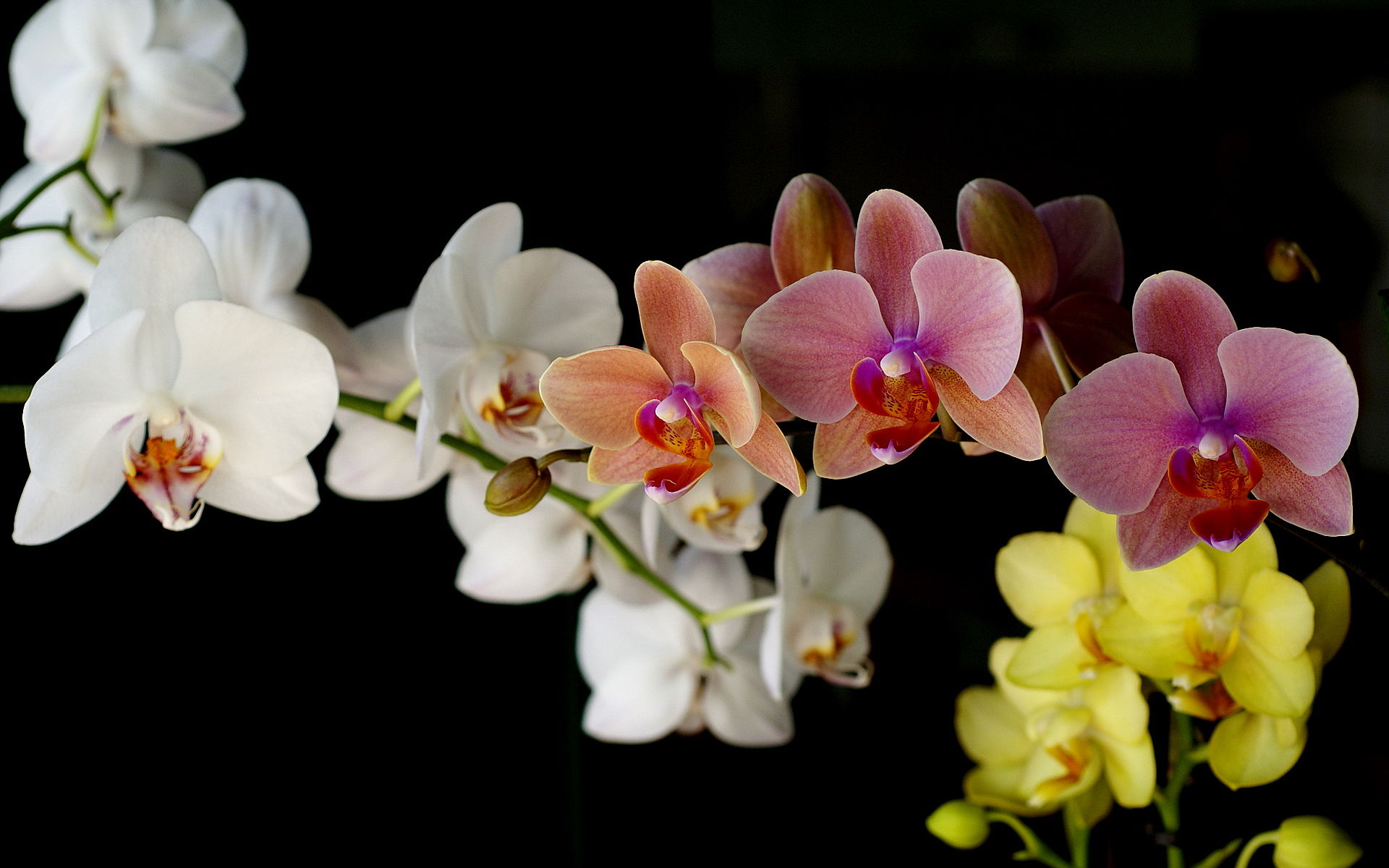 “Other epiphytes?” you may ask, wondering, “I just thought orchids were flowers.” While they are flowering plants, there’s so much more that makes them really incredible. You see orchids, and epiphytes in general, distinguish themselves from other plants in that they do not need to grow in soil. They actually prefer not to. They have amazingly adapted so that their roots can suck moisture directly out of the air. By attaching to a tree, high off the ground, they can also avoid getting gobbled up by most herbivores.
“Other epiphytes?” you may ask, wondering, “I just thought orchids were flowers.” While they are flowering plants, there’s so much more that makes them really incredible. You see orchids, and epiphytes in general, distinguish themselves from other plants in that they do not need to grow in soil. They actually prefer not to. They have amazingly adapted so that their roots can suck moisture directly out of the air. By attaching to a tree, high off the ground, they can also avoid getting gobbled up by most herbivores.
Epiphytes are non-parasitic, meaning that they do not steal any nutrients from the plant they grow on, creating their energy through photosynthesis (although some species like the strangler fig can eventually overtake their host). Notable examples include ferns, orchids and bromeliads, but the most familiar epiphyte to people here in the South is a wispy bromeliad by the name of Spanish moss.
 If you have ever strolled through the Cockrell Butterfly Center you have surely seen our stunning epiphytes clinging on nearly every nook and cranny of the larger trees and struts in the center.
If you have ever strolled through the Cockrell Butterfly Center you have surely seen our stunning epiphytes clinging on nearly every nook and cranny of the larger trees and struts in the center.
To learn more tips and tricks for epiphyte growing, join me for the HMNS adult education class “How to Grow Orchids, Bromeliads and Other ‘Air Plants'” from 9 to 11 a.m. on Sat., Mar. 8 in the Cockrell Butterfly Center. The class includes a behind-the-scenes tour of the Butterfly Center, followed by a hands-on class in which attendees will learn how to propagate, divide, mount and fertilize their own epiphytes. And finally, everyone goes home with their very own orchid or bromeliad to start (or add to) their collection.


